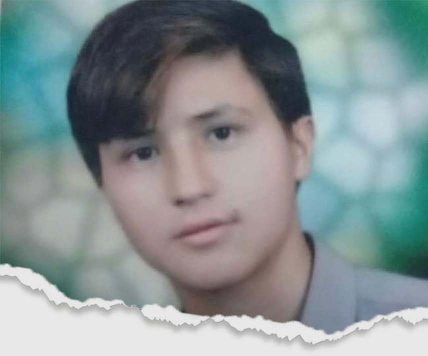
Many were shocked when the Victory Day 75th anniversary parade took place as scheduled in early May, and thousands of troops marched in formation before closely packed crowds in Minsk. That was perhaps President Aliaksandr Lukashenka’s most marked thumbing of his nose at those calling for stricter restrictions against the spread of the coronavius. But throughout the spring, Lukashenka had consistently dismissed the dangers of the pandemic, suggesting sauna or a tractor ride as a remedy. No lockdown was put in place.
The second wave of the coronavirus began in Belarus in August. The incidence level broke the previous record and amounted to 1975 people per day at its peak 12 december (versus 969 in May). Lukashenka again refused to recognize the seriousness of the situation. “We already have an increase of less than a thousand. Thank God, there is no insane growth of COVID pneumonia,” he said.
The Ministry of Health invariably points out those dying have “several chronic infections.” Critics say that the numbers are underreported and that doctors feel pressured to stress other ailments as the main cause of death.
Lukashenka has partly blamed the ongoing protests over the disputed presidential election in August for the current growth in cases; the Health Ministry says the same thing, and the Interior Ministry warns that it is forbidden to wear masks at a rally and hide one’s face.
On 15 October, more than 3,000 doctors signed a statement “against the hypocrisy of the Ministry of Health.” The document said: “There are more and more cases of COVID-19, including where there are no protests,” and pointed out that no measures were being taken against the epidemic, such as the closure of educational institutions.
the magazine
By clicking „Sign up”, I give permission to receive newsletter Unblock sent by Outriders Sp. not-for-profit Sp. z o.o. and accept rules.
Since 28 October, hospitals and polyclinics have partially stopped administering planned procedures. From the beginning of the pandemic, over 160,000 coronavirus patients have been registered in Belarus and over 1,273 deaths.
Meanwhile, doctors who leave their signatures under appeals, go out to treat demonstrators, or participate in chains of solidarity, continue to be fired, fined, and imprisoned for periods of three to 15 days.
Here we present five stories of the coronavirus in Belarus through the eyes of ordinary people from different walks of life.
“It Seemed To Me We Have No State.”
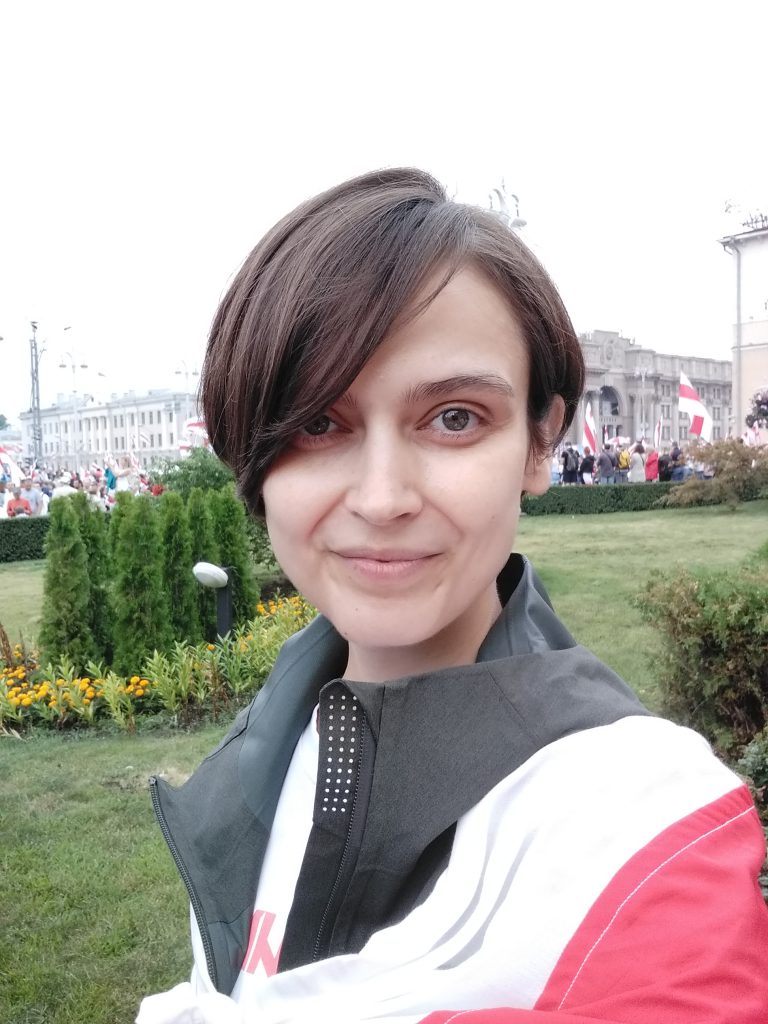
Getting a scholarship to study Chinese for a year sounded inviting at the time, but, as it turned out, that wasn’t the best of options for Volha Halubka, a 35-year-old resident of Minsk who witnessed the very beginning of the pandemic.
A specialist in intercultural communication, she settled in at the Zhejiang University campus in Hangzhou, a city of 10 million in eastern China, in September. Volha finished one semester; at the end of January, she left for vacation and never returned. Today, she is studying online from Minsk.
“I learned about the coronavirus early on, at the beginning of January. It was like in a movie: thermal imagers appeared in public places, scary videos about the coronavirus were played on the train, and they urged people not to travel to Wuhan and not to go to wet markets [markets with fresh meat, fish, and produce].
I was shocked when Wuhan was closed two or three days before my flight to Minsk. At the time, there were officially 80 patients, and I didn’t perceive this as a threat to my health; it was a threat to my rights and freedom from the Chinese Communist Party.
But people were wary: masks were sold only on the black market [because they weren’t available any longer in shops], and when I tried to find a sanitizer in the store, people laughed. It was the eve of the Chinese New Year, but they called from megaphones not to gather in crowds; the streets were uncrowded – there was a feeling of the apocalypse.
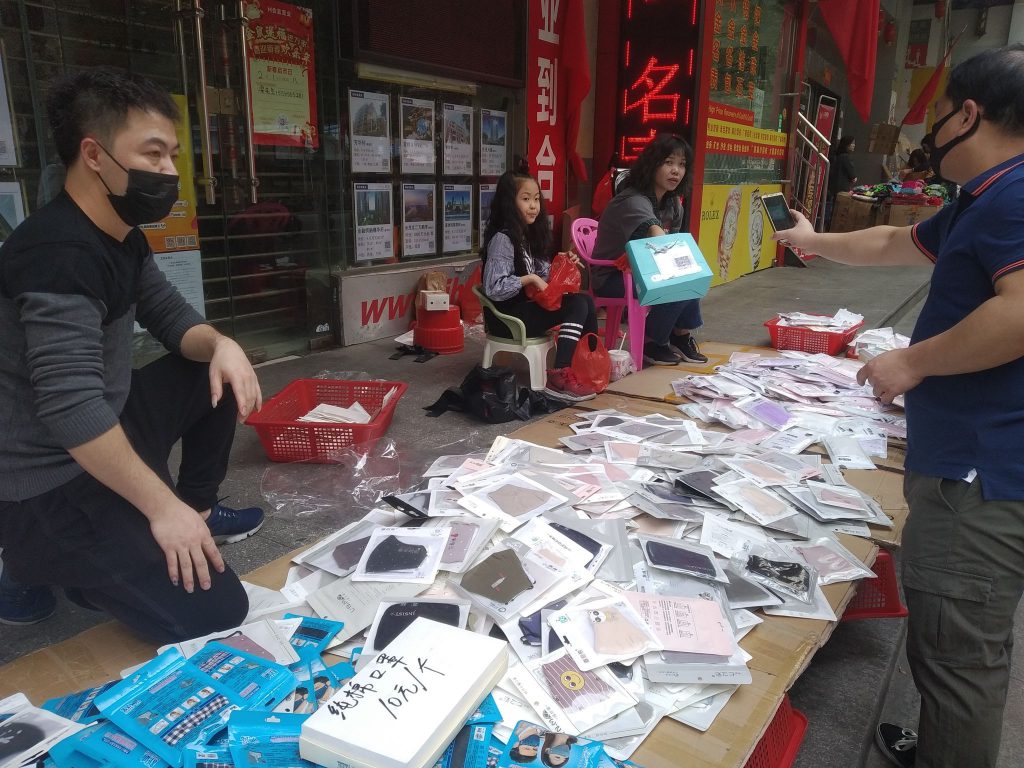
On 28 January, I arrived in Minsk, and the contrast was sharp. In China, they were always measuring their temperatures and rubbed their hands to the bone with antiseptic. In Minsk, they [people] had fun in public places but shied away at the mention of China. I didn’t wear a mask on the street: it looked very defiant.
Meanwhile, the outbreak began in Europe; all countries around Belarus were closed, but our borders were open. It was possible to go wherever we wanted, only we were not welcomed anywhere.
At first, I liked the way Belarus responded: it did not introduce a quarantine or test people entering the country. [Editor’s note: In February, students who arrived from China to Belarus were separated from other visitors and placed in a sanatorium for 14 days. The same was true for those arriving from countries deemed high risk].
Then, it turned out that words do not match deeds: for some reason, I believed that they tested everyone who arrived, but it turned out that they could easily lose the [results of the] test.
Since March, I didn’t like what was happening at all; I wanted to fly [back] to China. There [in China] were daily press conferences, which included doctors. At the same time, we had an incomprehensible person [Editor’s note: Lukashenka] who advised us to be treated with a tractor and vodka.
China published manuals that were the best I have seen, including those from WHO. The Chinese are our brothers, right? But their materials were not used in Belarus.
[Editor’s note: Talking about “the brothers” from China is not just a turn of speech. For at least a decade, people in Belarus have been studying the Chinese language, including Chinese inscriptions at the national airport, and attracting Chinese investment. Belarus is one of the Silk Road project’s nodes, under which an industrial park is being built near Minsk.]
It was impossible to fly away. At that time, [even] theaters were working in Belarus, and I even started joking: “Haha, we are all going to die here.” I was at home almost all the time. I remember my partner got sick, but we decided that the hospital was not a safe place. Then I got sick, but we did not do any tests.
Belarus is not like China or Sweden. It works in a special way: on the one hand, you could do whatever you wanted, and, on the other hand, they didn’t provide any information and didn’t work with the population.
We had people dying, and they [the authorities] staged an incomprehensible performance in the style of ‘We are smart, and you [the public] are fools.’ There was a sense of surrealism, a feeling that we do not have a state. All this made me feel helpless.”
“Afterward, the Doctors Discovered Asthma.”
To find out the number of cases, in the spring it was necessary to solve arithmetic problems – add, subtract, “and then also take into account that those who were ‘discharged’ included the dead,” wrote journalist Fyodar Pauluchenka in March.
The Ministry of Health has been accused not only of manipulating numbers but also of concealing outbreaks. One of the first was in the city of Vitebsk, but news about it did not appear immediately, says Nadzeya Arkhipava, a second-year university student. She was born and raised in Vitebsk but studies in Minsk. In the spring, Nadzeya stayed in the capital until distance learning was introduced, and then she went home.
“In Vitebsk, I live next to large shoe factories, the heads of which travelled to Italy in the spring to present the latest collection. They brought [back] the coronavirus, one of the directors was in such bad condition that he was taken to Minsk for treatment. [Editor’s note: This is a popular theory for how the pandemic spread to Vitsyebsk].
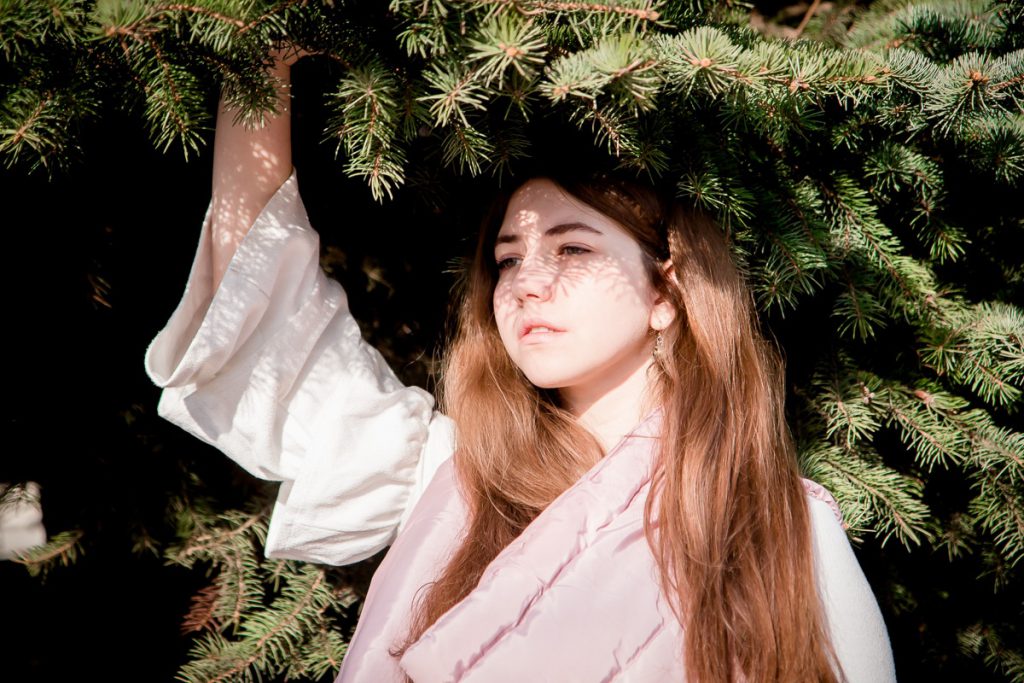
Employees, many of whom live in the area, got sick, and our neighbors in the house were sick. I got sick too. At first, it became hard to breathe before going to bed every day, but I didn’t think much of it. I thought it was a manifestation of my dust allergy. Then there was weakness, sometimes fever, changing all the time.
The doctor found symptoms of pneumonia but said, most likely, that wasn’t it. For two or three weeks, I took antibiotics, but I didn’t take the test. When the illness began to decline, I went back to Minsk. Most people left the dormitory, and I lived in a room together with a friend; we only went to the store, which was fine with us.
I was still short of breath, and it was hard to run. In July, I went to the hospital, and there I learned that I had advanced asthma (not the first, but already the second degree). They also did a smear for coronavirus, but it was negative. They did an antibody test, but they didn’t say the result.
Do I think I had the coronavirus? I don’t know. My mom and friends think so. And I know people who had a very severe form – watery eyes and all that – and I had no symptoms, only shortness of breath.
Now I have a mask when I go to public places. I disinfect my hands only when entering or exiting the metro or university.
It [the coronavirus] creates a sense of insecurity. People with a confirmed coronavirus [case] must sign papers that they are required to pay a fine of 50 basic units [around 440 euros] for violating quarantine. They are sent home and promised that a doctor will come. But you can wait for him a very long time.
As the president said, there is no virus, and many adhere to this opinion. But people still get sick and die. It hurts me.”
[Editor’s note: At the end of June, there were a total of 392 deaths from coronavirus in Belarus. But a total of 3,753 more people died in June than in the same month last year, according to Belarus’s report to the UN. In the first half of the year, the death rate in Belarus was a record over the past five years (read more).]
“I Do Not Believe the Data of the Ministry of Health.”
As noted above, the authorities did not declare a quarantine or state of emergency in Belarus. Individual managers decided on their own whether to transition to remote work, and civil society stepped in to collect missing funds to fight the epidemic through, for example, the ByCovid-19 initiative, which raised money online for medical equipment.
The Call for DIY project (also known as #помощьмедикам or #helpfordoctors) secured protective equipment for healthcare workers. One of the project coordinators, Katsiaryna Miarzhynskas, worked in the spring as an intern anesthesiologist-resuscitator in the Minsk Scientific and Research Center for Surgery, Transplantology, and Hematology, one of the most equipped hospitals in the city.
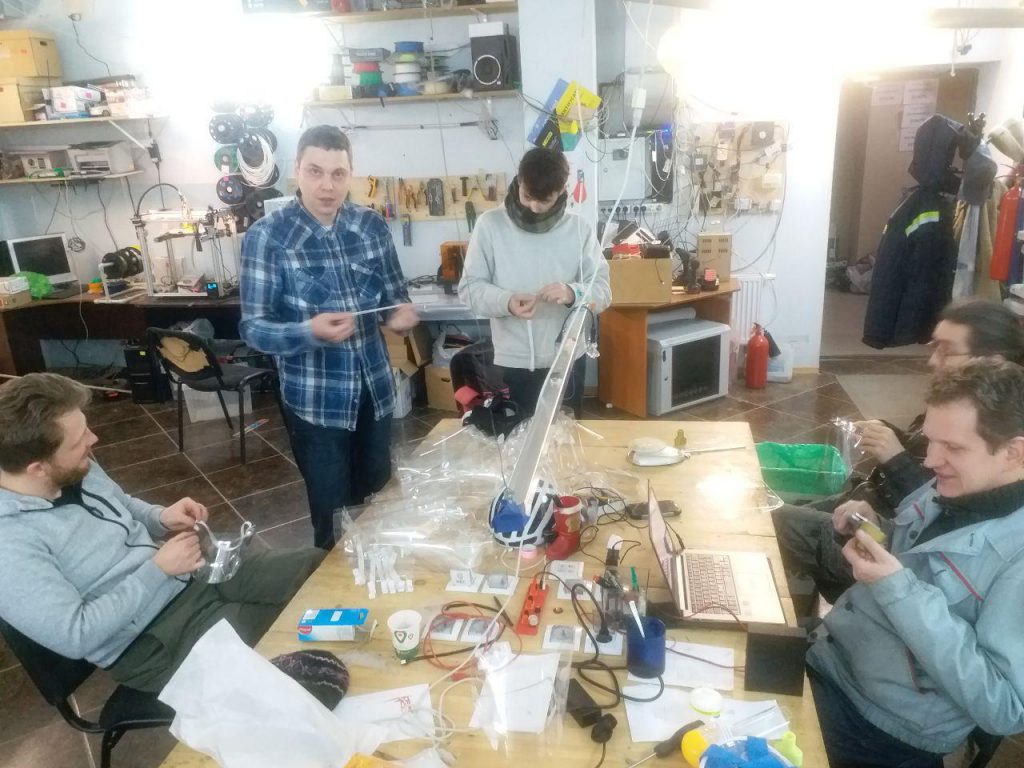
“I remember how we discussed the coronavirus around the New Year and doubted that it was something serious. It came to Belarus in March, but everyone worked as usual and thought that [only] a dozen people had fallen ill.
By mid-March, the incidence [of the disease] began to become avalanche-like. People began to rush about in attempts to get back-up ventilators, to stock up on the antibiotic azithromycin.
I encountered the first case in early April. It was a woman with bleeding in the oesophagus; we took a swab just in case. We got a positive result, and it shocked us.
It gradually became clear that the Ministry of Health would not take care of our safety. Sometimes, you would come to a nurse to ask for a respirator to replace the one you had been wearing for two weeks – and you were rudely refused, almost obscenely.
Around the same time, on 31 March, the Minsk Hackerspace – a non-profit, all-volunteer DIY community – wrote that their New York colleagues were making face shields for their doctors. I was asked if there was such a need in Belarus, and we launched the project. I was responsible for the client base [finding those who needed help].
[Editor’s note: The project raised over 70,700 Belarusian rubles (26,700 euros). Medics received 48,096 shields, 8,652 protective suits, and 1,419 masks, among other equipment. Volunteers made 751 trips to 156 locations throughout the country.]
“The project was suspended in early May [after the number of COVID cases dropped], and now its participants are engaged only in servicing [the equipment already handed out].
A lot was done by those who, at that time, had stopped serving clients [because of the economic downturn, i.e. cafes and restaurants]. One girl completely managed all the logistics, did everything, and at any time, if a driver was needed, the driver was always found. Dealing with such people was the best thing that has happened to me this year.
I don’t believe [in the Ministry of Health’s data on COVID-19] because I know how diagnoses are formed and how they are hidden. I was directly involved in this … in the postmortem examination, it was forbidden to write pneumonia as the first diagnosis.
Civil society approached [the crisis] responsibly, contrary to the generally accepted [official] policy. Because the country’s leadership screwed up.”
Before the second wave of coronavirus in Belarus, Katsiaryna was forced to leave: she was threatened with three years in prison for coordinating medical volunteers at street protests on 9-12 August in Minsk. She now lives and works in Ukraine.
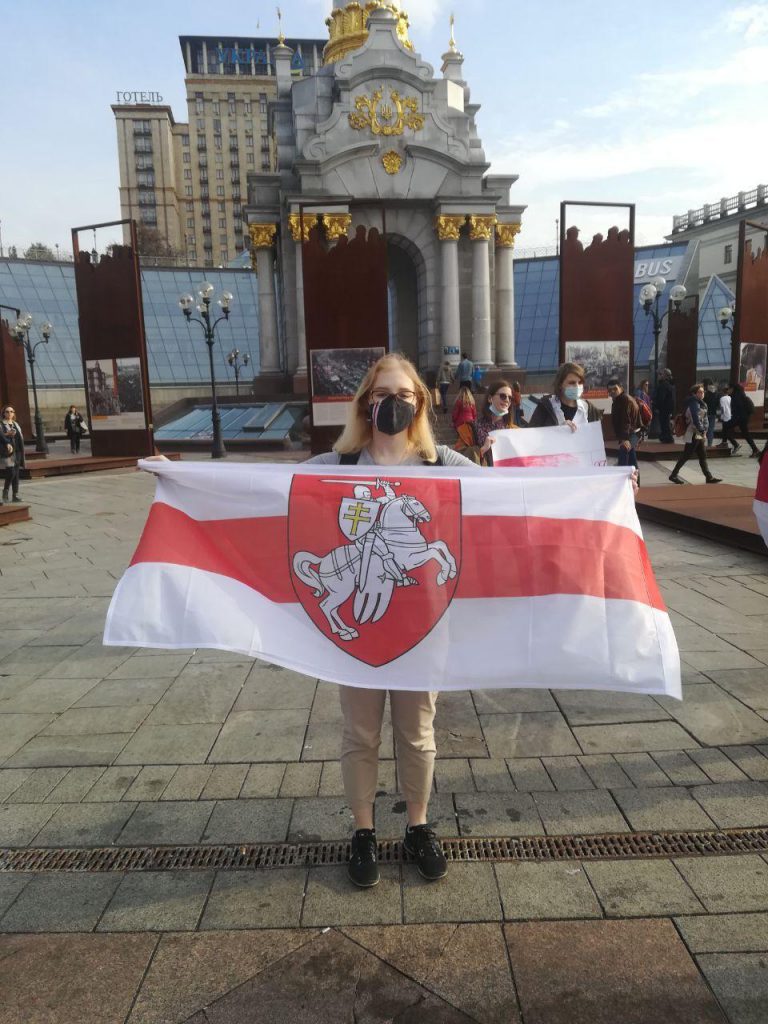
“I Probably Got It in Prison.”
The incidence [of cases] in Belarus decreased until the first days of August, but in parallel, the tension over the upcoming presidential elections was growing. In the first three days of the protests, almost 7,000 people were detained. The prisons were jam-packed – ideal conditions to get sick, says 44-year-old Andrei Abraztsou.
For about 10 years, Andrei lived in the U.S., before returning to Belarus in 2007. He started a business and a family, now with three children. He is currently unemployed.
“As an ordinary person with Slavic stereotypes [Editor’s note: feeling too ‘tough’ to get sick], I was not afraid to get infected; I was only worried about my elderly parents. I had a feeling that I would not get it. But my story with the coronavirus began on the night of 9-10 August, when my friend and I were stopped at the AMAP [riot police] cordon.
We were severely beaten and taken to an overcrowded police station. Our hands were tied together; everyone was thirsty, but we got water only three hours later. Water with a “technical” [metallic, highly chlorinated] taste was poured into a plastic bottle, from which everyone drank in turn. Then, we were beaten again, and after about 12 hours, we were taken to a prison 50 kilometers [32 miles] away from home.
At first, everyone had their separate bed in the cell, but there were 33 people with 12 beds on the day of my release. Many were coughing, but I have never seen masks. We were absolutely discussing seriously that we would get the coronavirus.
I was released three days later, in the middle of the night, without my phone or wallet. I was neither interrogated nor officially arraigned. The trial took place later, and I received a fine of 2 basic units.
I think I probably got it in prison. After a while, I began to cough quietly, almost without a fever. Then I coughed so that the neighbors woke up. I had a CT scan. I learned that there are two foci of inflammation in the lungs, and I ended up in City Clinical Hospital No. 4. That’s a nice place with good doctors!
But you have no idea how many people are sick. You can multiply by 10, and I’m not among them. The doctor explained that my neighbour and I have mild cases of coronavirus, so we would not be included in the statistics – our cases were considered pneumonia.
They were practically proud of me in the hospital because I had spent time in Zhodzina [the city where the prison was located]. The drugs appeared instantly, and it was terribly awkward. They even baked me muffins. The beatings were also recorded there: bruises on the leg, on the side, traces of a stick on the back … There was a trace of military ankle boots on my T-shirt, but I don’t wash it – as a keepsake.
I can’t say that I was ill with some kind of terrible COVID; my family and I were lucky.”
Now Andrei has recovered and intends to challenge the court’s decision on the fine.
“We Choose Between a Mask and a Tin Foil Hat.”
By the fall, the political crisis and clampdown on protest had aggravated the health situation. The ByCovid-19 project and its volunteers refused to continue their work, saying they had been tortured and arrested after the elections, and some were forced to emigrate. Since the state has money for water cannons to disperse the protests, they said, then there should be funds to fight the coronavirus. An ENT doctor at City Clinical Hospital No. 4 in Minsk, Aliaksandr Yurchanka, who has been dealing with the coronavirus since mid-October, explains the second wave.
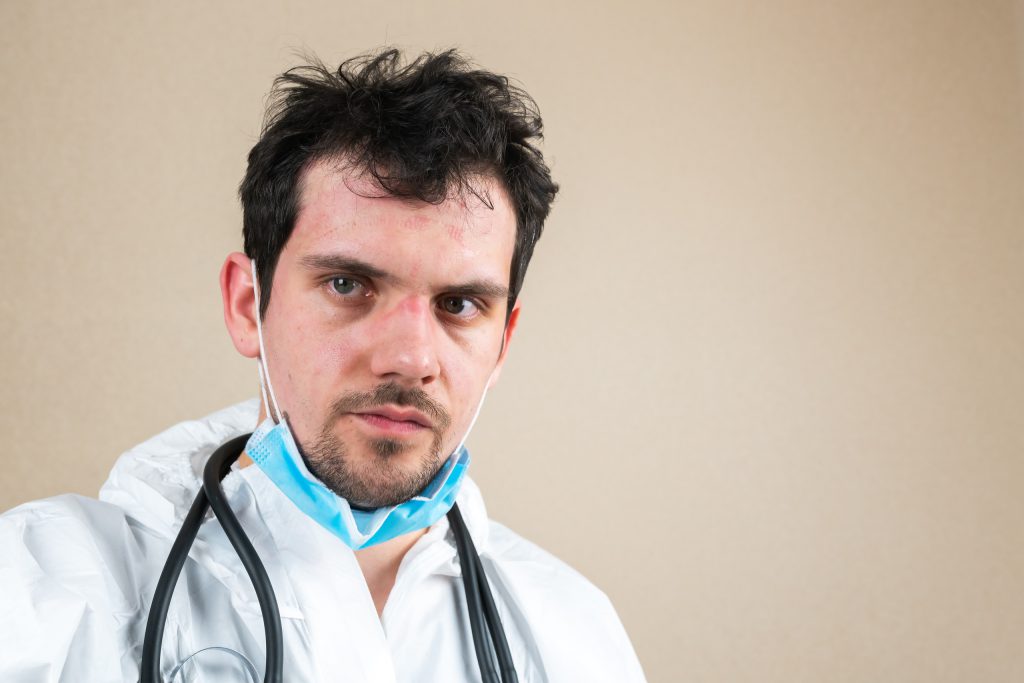
“Imagine: we are fighting windmills, and so is the whole world. Indeed, no one, in fact, fully understands COVID. In the early days, it was challenging to navigate: you see an absolutely atypical picture. At the same time, you read literature and algorithms, but only after a while, you understand how to actually act better.
Our department is non-core [non-specialized], but now all beds have been given over for the coronavirus [treatment]. When I arrived, I was pleasantly surprised that there was both protective equipment and therapeutic drugs.”
During the first wave, people were more afraid, often wore masks, and bought up all suitable drugs. And now they are confident that they will survive the second wave …
It is a permanent emergency for doctors. For the layman, there are attempts to believe that everything is good when it is not entirely true. People try to protect themselves and their loved ones but do not fully believe what is happening around them. We [Belarusians] choose between a tin foil hat [which conspiracy believers think can protect them from threats such as mind control] and a mask. Unfortunately, the mask is not always in immediate availability.”

















































































































